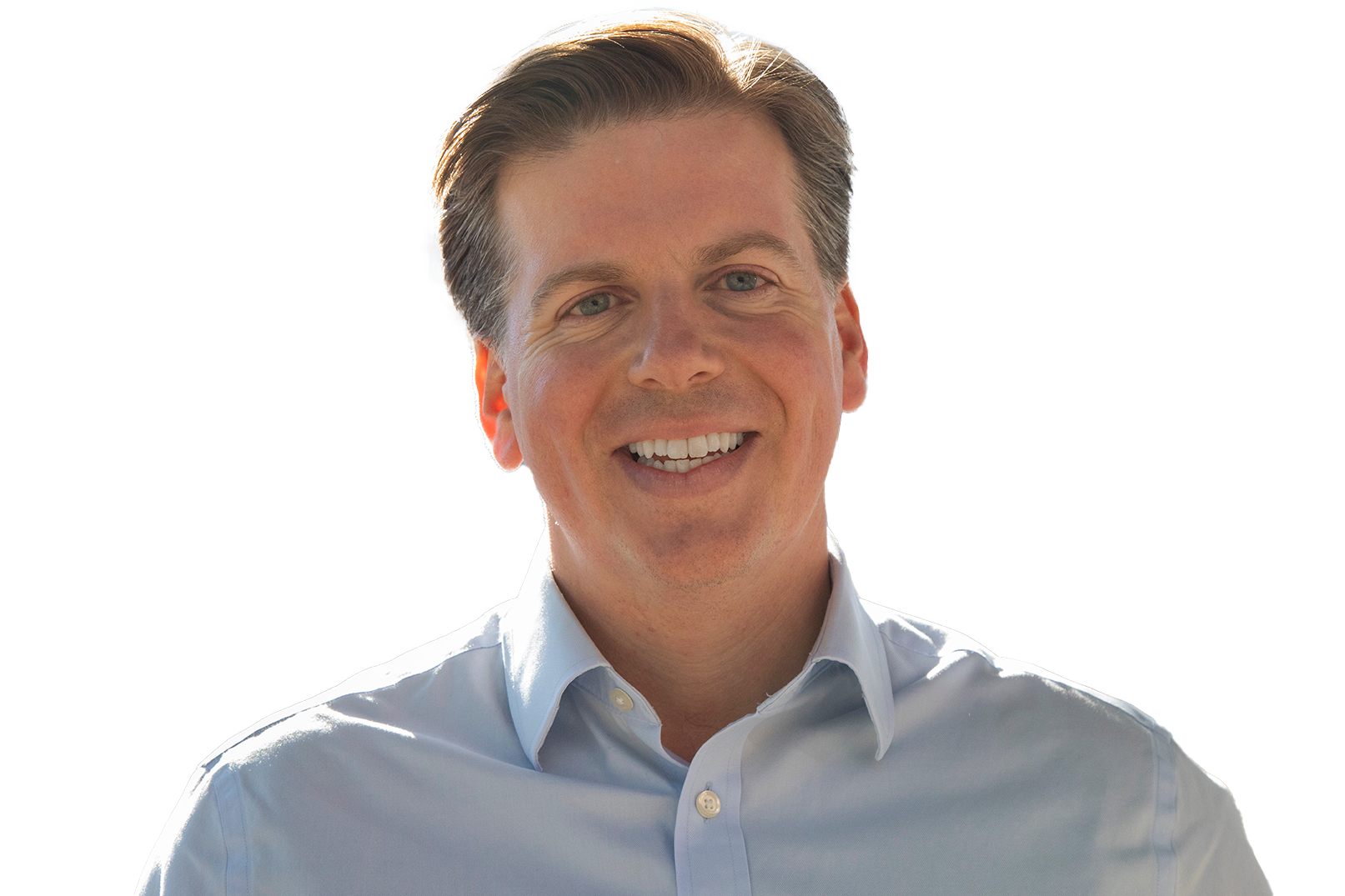Assemblymember Carroll Op-Ed: Uber Riders Must Pay Their Fair Share Under Congestion Pricing
New York, NY – Crain’s New York Business today published an Op-Ed by Assemblymember Robert Carroll and Alex Matthiessen. The full text of the Op-Ed can be found below or read online here.
Uber riders must pay their fair share under congestion pricing
The Federal Highway Administration recently signed off on New York City’s first-in-the-nation congestion pricing plan, which means that, with few exceptions, every car and truck entering Manhattan’s Central Business District will be charged a toll. To secure FHWA approval, New York had to add a robust package of measures specifically designed to protect the health and livelihoods of New York’s minority and immigrant communities.
Unfortunately, one element of this package misses the mark: Companies like Uber and Lyft will only have to pay the toll to enter the congestion zone once a day. Uber has made it clear that it intends to spend millions in a campaign to protect this loophole and they will claim concern for the well-being of the drivers, but their goal is to maximize market share and enrich their shareholders, all while continuing to clog our streets and pollute our air.
We have both spent years advocating for congestion pricing and are eager to see it up and running. But if New York is serious about curbing traffic congestion, we must address the excessive use of ride-hail companies. In 2022, over 52 million for-hire vehicle rides started and ended in Manhattan below 60th Street, most of them Uber or Lyft, despite that same area being served by 19 subway lines.
An Uber trip from Tribeca to Midtown is a luxury and should be treated as such. The once-per-day toll on for-hire vehicles will do nothing to reduce traffic and will invariably be charged to the working-class drivers the FHWA and MTA are trying to protect, instead of their more well-off passengers.
The solution is to replace the once-per-day toll with a significant increase to the current $2.75 surcharge on every for-hire trip that begins in or enters Manhattan below 96th street, with the surcharge paid by the passenger, not the driver.
For trips entering the zone the increased surcharge should be half of the peak toll and somewhat more than this for trips that begin and end in the zone, with discounts for both at night.
Yellow cabs should be exempt from the new increase; cab drivers paid as much as $1 million each to the city to obtain medallions, but the value of those once coveted medallions was destroyed by the city's failure to properly manage and regulate the introduction of Uber and Lyft to city streets.
Concerns about worker dislocation should be taken with utmost seriousness during the shift to new policies and technologies, but we should not accept the argument that polluting industries and practices be protected for the sake of preserving jobs and profits. If congestion pricing works and demand for for-hire rides softens, we could, for example, create a fast track for former Uber and Lyft drivers to work for the MTA.
Done right, New York’s congestion pricing program will markedly reduce traffic, improve air quality and street safety, modernize mass transit, and create an overall healthier and more livable city. But to do so in a way that is truly equitable, for-hire companies and their customers must pay their fair share. Only then can we claim to be a model program other U.S. cities should follow.